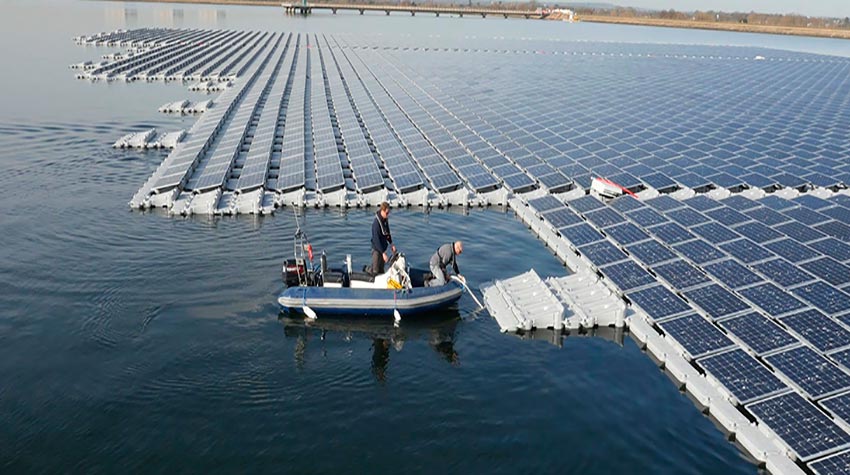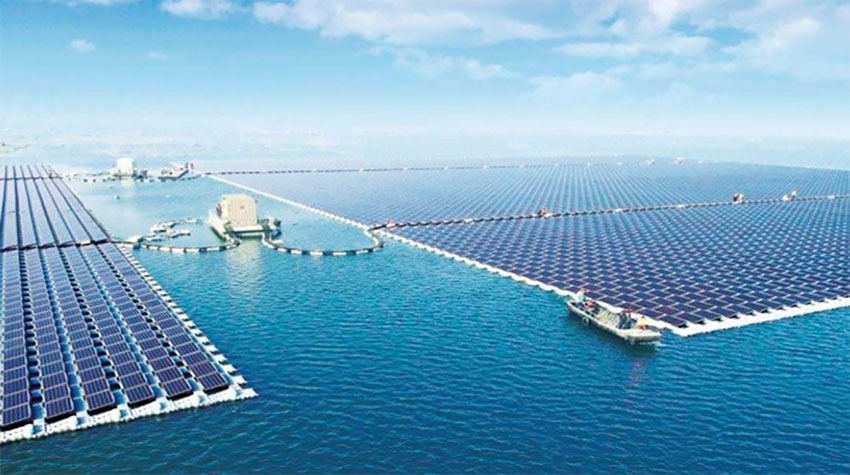FAQs about Solar Energy

3. How do solar panels work?
A photovoltaic solar panel is made up of numerous solar cells or small cells, usually crystalline silicon. It is a system of semiconductors that can behave as conductors of electricity or as insulators. One part has too many electrons and the other missing them. When sunlight, composed of photons, hits the photovoltaic cells of the plate, a direct electric current flow is created between the layers that is then converted into alternating current by an inverter. Once generated the electricity is stored in banks of batteries to be used at any time. If the surplus exceeds the capacity of the battery, it is sold to the power grid. If at any time the electricity is exhausted it can be bought from the network.
Other FAQs about Solar Energy
1. What is solar energy?
2. Is solar energy a clean or green source?
3. How do solar panels work?
4. What are the advantages and disadvantages of solar energy?
5. What is a photovoltaic panel?
6. What are the main countries producing solar energy?
7. What is the share of solar energy in global electricity consumption?
8. What is a photovoltaic solar energy park and how does it work?
9. What is the future of solar energy?
10. What are the risks that threaten solar energy?
Other sections of Solar Energy
Article
Solar energy, a big bet against climate change
Solar energy is one that uses light or heat from the sun to generate electricity or produce heat. Photovoltaic solar panels convert sunlight into electricity through a process called photoelectric. There are millions of people who already use electricity generated by solar energy. The world is aware of the importance of the transition towards a sustainable economy, based on low greenhouse gas emissions to curb global warming and therefore climate change. However, there is still a long way to go to significantly reduce the use of fossil fuels such as coal, gas and oil…
Magazine

Solar energy, a clean, inexpensive and inexhaustible source
Solar energy along with wind energy and electric cars, forms a powerful trio to face global warming and climate change. Solar energy is in direct line with the Paris Agreement, based on the non-emission of greenhouse gases and the replacement of fossil fuels with clean energies.
Coming soon in April
You can also see it in…
Infographics

Photo Gallery.

Video Gallery


